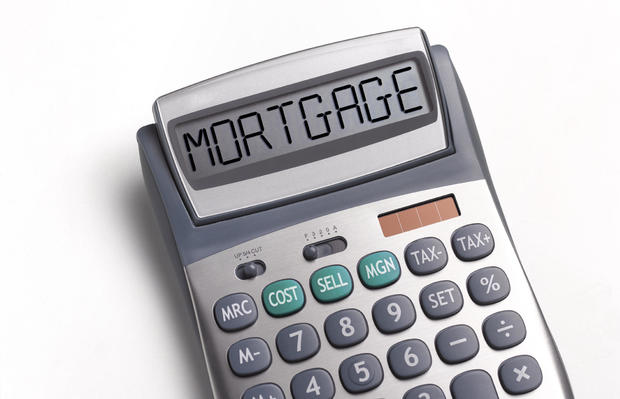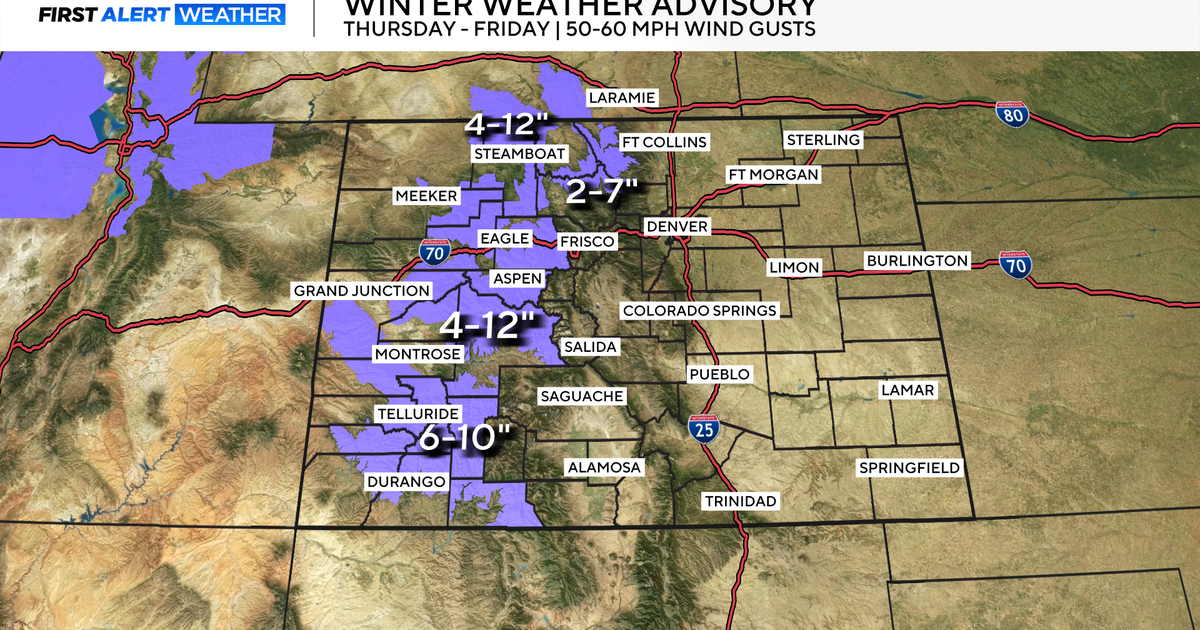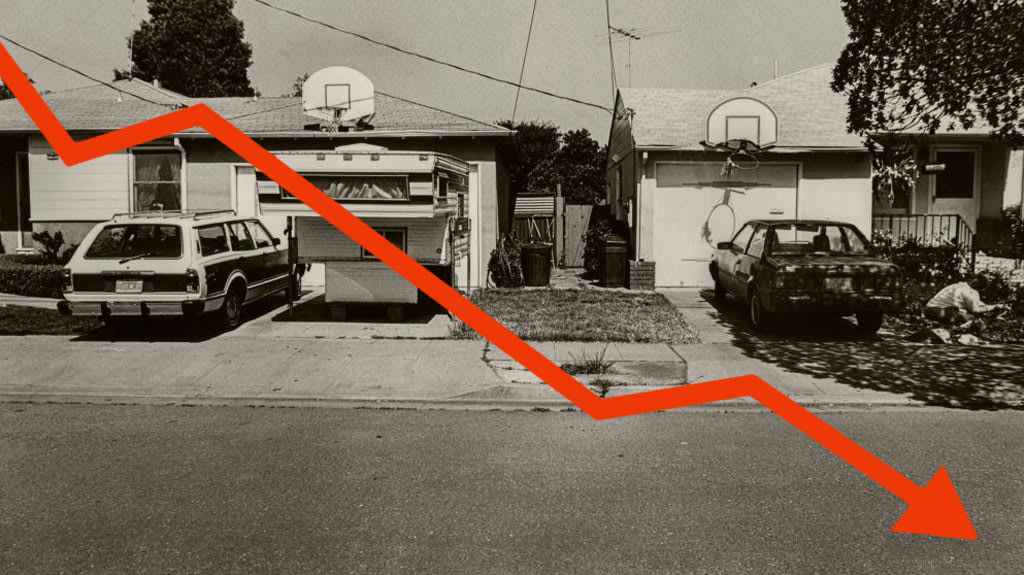How much would a $700,000 mortgage cost per month?
Mortgage interest rates have been falling lately and, this month, they could drop again. With a consistently cooling inflation rate and a rise in unemployment, the Federal Reserve is poised to issue its first cut to the federal funds rate since 2020. And, when it does, mortgage interest rates are expected to adjust downward, too. That will be welcome news for millions of homebuyers, who have been contending with the highest average rates since 2000. But these buyers should consider being proactive now. With rates falling and the prospect of multiple rate cuts to come high, the homebuying process could soon be complicated with additional buyer competition and and an increase in home prices.
One essential way to prepare for the process is to calculate your budget and potential monthly payments, both at today's prevailing rates and what they may be in the coming months. And with home prices rising in many parts of the country, a mortgage loan for $700,000 may not be uncommon. But how much would a $700,000 mortgage cost per month? That's what we will calculate below.
Start by seeing how low of a mortgage interest rate you could secure here.
How much would a $700,000 mortgage cost per month?
While your mortgage payments can be affected by a variety of personal factors, including taxes, homeowners insurance and private mortgage insurance (PMI) if you don't put down a 20% down payment upon purchase, it helps first to know what your principal and interest will be. If you can afford that payment with room to spare, then you can tack on the additional costs. Here's what a $700,000 monthly mortgage payment would be, then, at today's rates minus those additions (and assuming a 20% downpayment of $140,000):
- 15-year mortgage at 5.86%: $4,683.35 per month
- 30-year mortgage at 6.44%: $3,517.51 per month
So you'll wind up paying more than $1,000 extra each month if you go with the condensed 15-year mortgage term but you'll also pay off the loan in half the time, saving you significant sums of interest in the process. But what would these payments look like if mortgage interest rates drop by 25 basis points later in September and another 25 basis points when the Fed meets in November? Here's how those payments could change:
After September rate cuts:
- 15-year mortgage at 5.61%: $4,608.42 per month ($74.93 cheaper)
- 30-year mortgage at 6.19%: $3,426.19 per month ($91.32 cheaper)
After November rate cuts:
- 15-year mortgage at 5.36%: $4,534.17 per month ($149.18 cheaper)
- 30-year mortgage at 5.94%: $3,335.91 per month ($181.60 cheaper)
So mortgage payments for qualified borrowers on a $700,000 mortgage would range between $3,517.51 per month and $4,683.35 monthly, not including homeowners insurance, taxes and PMI. But if buyers wait, they may be able to get a slightly lower rate and, potentially, save upwards of $100 each month.
Start exploring your current mortgage rate options here today.
Other considerations
In addition to the potential complications of increased competition, potential bidding wars and a possible rise in home prices that negates the savings from cooler interest rates, homebuyers also need to be realistic about prospective rate cuts. Mortgage interest rates won't fall precisely in tandem as the federal funds rate does. And many lenders may have already priced in interest rate reductions to come, so the rates they offer today may only be marginally different than what's offered once rate cuts are formally issued. Still, a cooling interest rate climate is better for borrowers than a rising one, so it behooves buyers to watch mortgage interest rates daily, particularly throughout the remainder of 2024.
The bottom line
A mortgage payment on a $700,000 loan with a 20% down payment for qualified borrowers could cost between $3,517.51 per month and $4,683.35 for principal and interest. And if buyers wait, they could see substantial savings later in the year. But waiting also poses its own set of issues to deal with, so buyers will need to be realistic about what they can afford now and what the pros and cons are of waiting for an improved rate later in 2024 and possibly into 2025.






